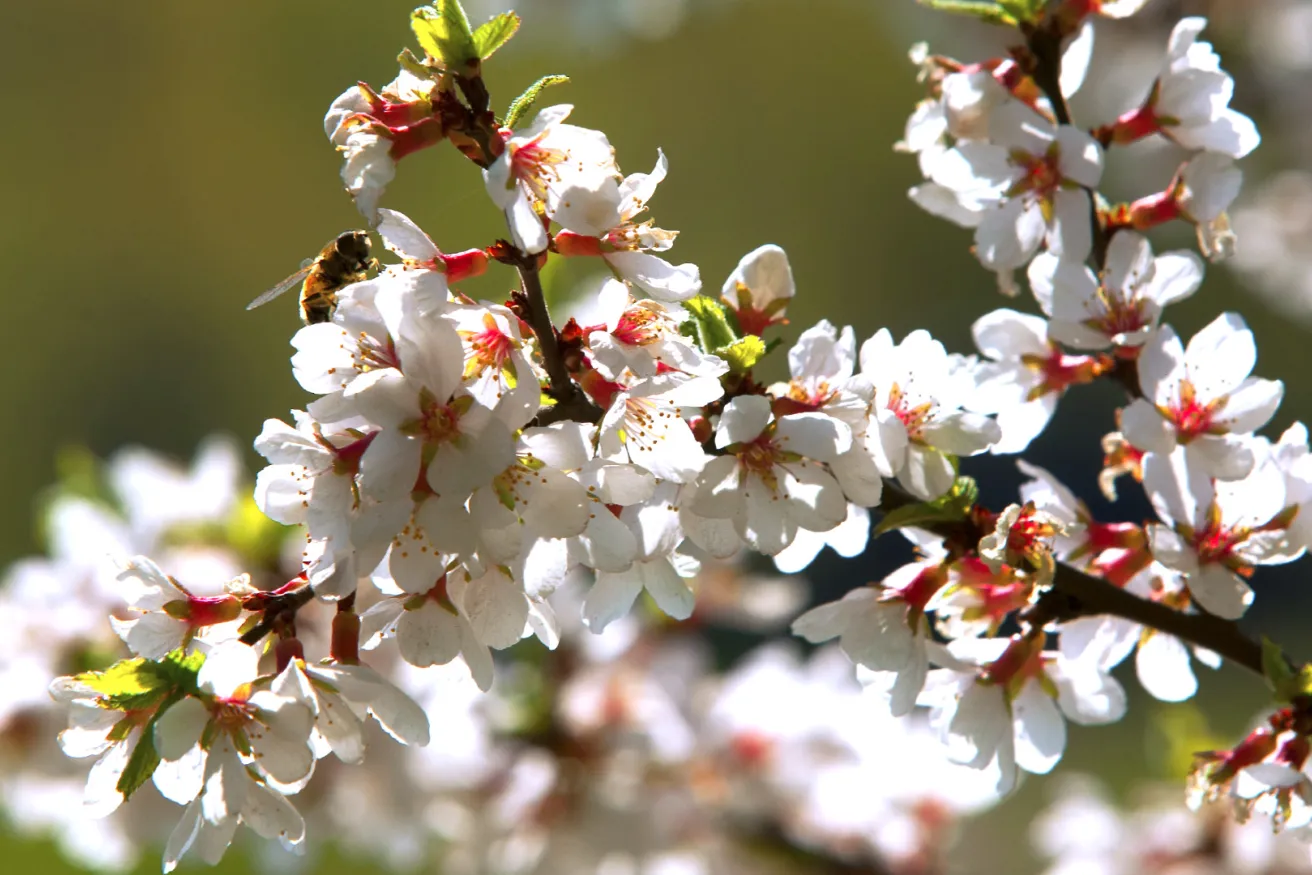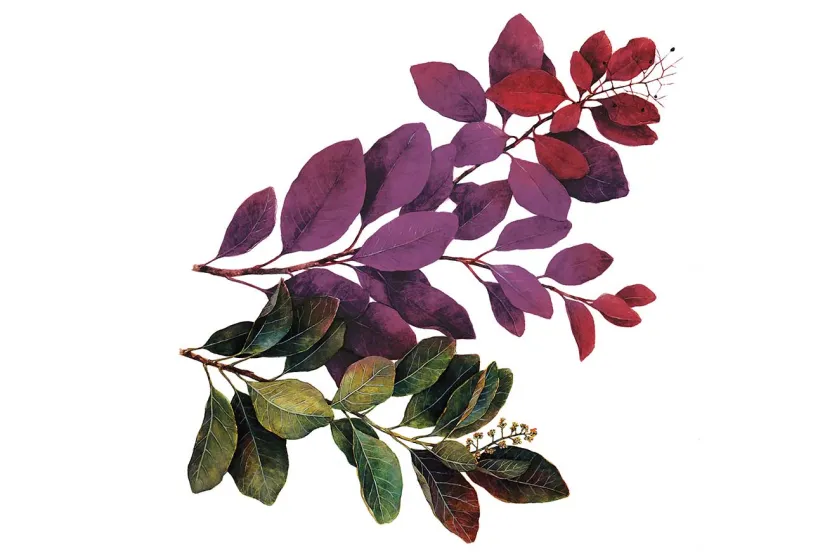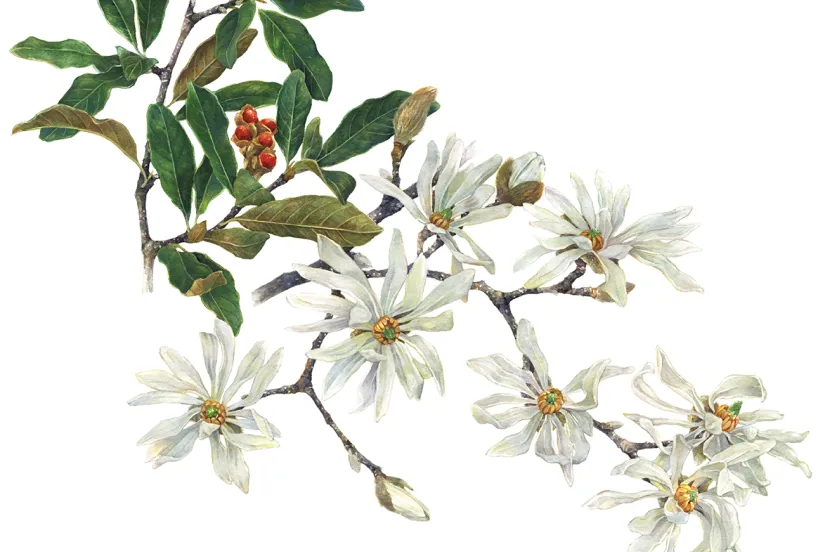Now live: The 2025 Canopy Report. Learn how Americans see trees. GET THE REPORT
Prunus tomentosa
Native to central Asia, the Nanking cherry first made its way to North America in 1882, since then it has grown in popularity for its hardy tolerance to varying climates. You may recognize it by some of its other names: Manchu cherry, downy cherry, mountain cherry, Mongolian cherry and Chinese bush cherry. Its Latin name tomentosa was given to the tree to signify the hairy nature of the underside of the leaf. More interestingly, this “tree” is more commonly planted as a bush, although it can be pruned into a tree.
Here are a few things to note if you’re considering adding one to your yard.
Environmental Conditions:
- Prefers well drained soil, but will tolerate drought and semi-arid conditions; well suited for cold winters and hot summers (hardiness zones 3-7).
- Medium growing tree, growing up to two feet a year and reaching 6- 10 feet at maturity.
- Does best in full sun, getting at least six hours of direct sunlight every day.
Physical Attributes:
- Blooms fragrant, pale pink/whitish flowers in early spring.
- Produces edible, tart cherries that ripen June to August (is not self-fertile, will need to plant a second shrub within 100 feet to ensure cross-pollination). NOTE: The tree is insect pollinated, so shrubs’ bloom times must be compatible.
- Has a distinctive reddish-brown, shiny bark that exfoliates as it ages.
Tag us in a photo of your Nanking cherry tree!




